New: Secrets of Successful Event Photography |  |
- New: Secrets of Successful Event Photography
- Formal Portrait – Questions For a Novice Photographer to Ask Beforehand
- Interesting Photo of the Day: Plane Selfie
- Security Guards Destroy Photographer’s Gear and Erase His Memory Cards (Video)
- How to Make and Use a “Zebra M Flag” for Flawless Product Photography (Video)
| New: Secrets of Successful Event Photography Posted: 30 Apr 2014 05:34 PM PDT This new course is designed to teach photographers the techniques used by professionals to get great photos – every time – even in the most difficult conditions at parties, weddings, concerts, corporate functions, nightclubs, fashion shows, fast-moving sports games, festivals, and more. To have the equipment and knowledge ready so you’ll never again feel nervous or out of your league when photographing an event again. It is currently 33% off for the launch sale which ends next Friday. Launch sale found here: Secrets of Successful Event Photography Let’s face it, we are all event photographers. Even if you have no desire to shoot professional events for money, if you are the person in your family with a decent camera, then you get called on to shoot the kid’s birthday party, your friend’s concert, the school play, or the family reunion. Some of the many topics covered (25 videos):
About the producers: Phil Steele began his event photography career more than a decade ago at the world famous Burning Man festival and has subsequently shot hundreds of events, with special emphasis on nightlife, parties, festivals, concerts, and fashion shows. His event photos have been published in books and magazines around the world, and his photography training videos have been watched by millions. Julie Kremen has been a professional event photographer for more than 15 years, specializing in weddings, private parties, corporate events, and music. Hundreds of Julie’s concert photos have been published on RollingStone.com and in Downbeat magazine, including five magazine covers. Julie has traveled to more than 50 countries as a photographer, and she is the founder and president of San Diego Photography Tours. How to Get a Discounted Copy This Week:This new course is currently 33% off for the launch sale that ends soon. It also carries a 60 day no-questions-asked guarantee, if you are not satisfied with any part of the book just let them know and they will give you a full refund so there is no risk in trying it. Launch sale here: Secrets of Successful Event Photography Go to full article: New: Secrets of Successful Event Photography |
| Formal Portrait – Questions For a Novice Photographer to Ask Beforehand Posted: 30 Apr 2014 04:13 PM PDT Most beginners take photos to capture an event or moment in time: a birthday party, a trip, a new family member, a cherished pet. These are usually considered “snapshots”. What we all like about good snapshots is that they remind us of stories. What about a portrait taken in neutral surroundings, thereby robbing us of the story aspect? See if you can answer the following seven questions the next time you want to shoot a portrait. 1. What part of the subject’s character can we capture? For a portrait to be considered good, it must reveal an important part of the subject’s character that can be identifiable to those who know them. Talk with your subject, and discuss what part of their character or personality they want noticed. 2. Is the subject ready? A portrait needs to be taken when the subject is comfortable and at ease, both with his or her appearance, and the surroundings. If people are stressed or rushed, this is not the right time to try to grab a great portrait. That stress will probably be visible in the finished product. 3. Is the photographer ready? The need for this question should be self-evident. Keep in mind that it is not enough that the photographer feels ready. Does the subject feel that the photographer is ready? If not, we will be back to question #2 above. The photographer needs to be prepared and relaxed throughout the session. 4. Is the lighting correct? Without a doubt, the best light for capturing a portrait is natural daylight. A talented photographer can take full creative advantage of the lighting choices brought about by outdoor conditions. A common technique is to have the subject sit near a window. Since nature can be fickle and uncooperative, photographers need to have artificial lighting available. An on-board camera flash tends to be harsh, so access to one or more studio flashes is a necessity. 5. Is an appropriate background available? You must always pay close attention to the scenery behind the subject. Outdoors, you may have access to trees, flowers, mountains, sea, or a beautiful morning or evening sky. Indoors, one can use a backdrop. In today’s high tech world, it’s very easy to digitally replace a backdrop with any background you desire. 6. Are special clothing and props required? A portrait is usually a rare photograph of a subject, and there may be times when special clothing or props help tell the story. Think of a drum major or an athlete. They may want to be photographed as if participating in their favorite activity. In some cases, even a hint of their special clothing tells the right story. Just make sure that props do not distract from the main subject. 7. What type of frame is being considered? The kind of framing that the subject is considering can influence how the portrait is taken. Talk to your subject and, if possible, talk to others in their immediate circle. Find out how people plan to display the finished work of art. Producing the perfect portrait may seem hard at first but answering these seven questions can help novices produce portraits that will be cherished for decades. About the Author: Go to full article: Formal Portrait – Questions For a Novice Photographer to Ask Beforehand |
| Interesting Photo of the Day: Plane Selfie Posted: 30 Apr 2014 03:08 PM PDT We’ve seen most of these before: the Oscar selfie, the kicked-in-the-head selfie, the parody selfies. So let’s take a moment and appreciate that now even inanimate objects are purportedly snapping glamor shots of themselves several thousand feet in the air:  It’s unclear whether the pilot winged the selfie or whether it was just a flight-of-fancy. (Via Imgur. Click for larger image.) The original photographer is unknown, and the location is also unclear, though it’s believed to be the remote archipelago Isla Los Roques off the northern coast of Venezuela. One thing is certain, though: it’s a truly remarkable shot. Go to full article: Interesting Photo of the Day: Plane Selfie |
| Security Guards Destroy Photographer’s Gear and Erase His Memory Cards (Video) Posted: 30 Apr 2014 12:21 PM PDT Benn Jordan, a motion picture composer and recording artist, has been working diligently on a timelapse film featuring Chicago landscapes for his upcoming album. But an unpleasant run-in with security guards in South Chicago on Tuesday destroyed much of his progress. Check out the photographer’s footage of the altercation:
The security guards are, reportedly, employees from Acme Refining—and, to be fair, we haven’t heard their side of the story. Jordan says he was shooting a sequence of moving machinery for his film from the sidewalk area between the business’s property and the street when the two men approached him. He says they told him he was on private property, damaged his timelapse rig, and seized his memory cards. When the guards wiped Jordan’s memory cards, they erased two days of his hard work. (Via PetaPixel) 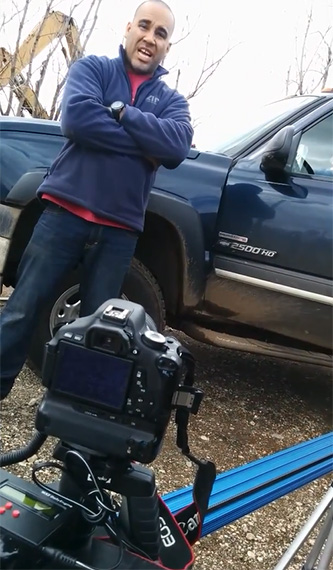 Jordan recorded most of the incident as he waited for police. Jordan provided further details today in response to the video being posted on reddit:
When the police arrived, the guards tried to get Jordan arrested for criminal trespassing. He showed them his video of the incident, but he says the officers told him he’d have to show his evidence in civil court. We’re quite curious to hear the outcome of this story and how it relates to photographers’ rights. 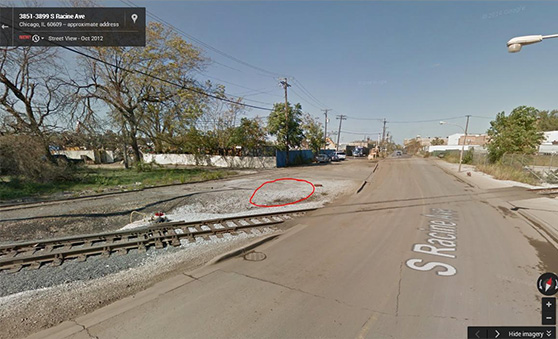 Jordan says this is where the incident took place. Have you had a similar confrontation as a photographer? Share your story in the comments. Go to full article: Security Guards Destroy Photographer’s Gear and Erase His Memory Cards (Video) |
| How to Make and Use a “Zebra M Flag” for Flawless Product Photography (Video) Posted: 30 Apr 2014 10:27 AM PDT Product photography may seem simple; you’re just taking pictures of stationary objects. However, this can be one of the most challenging forms of commercial photography if you don’t have the proper lighting. According to Nikonian Academy Director Andrew Boey, one of the toughest objects to photograph is a transparent bottle of perfume with a reflective top. In this tutorial, he explains how different flags and reflective surfaces can really make your product photos pop: To make life easier, Boey combined a product photography favorite, the M-flag, with a zebra card to create the “zebra m-flag.” This hybrid card is designed to provide the sharp, black lines in the reflective surface of the product while bouncing a flash to illuminate the front of the transparent bottle. 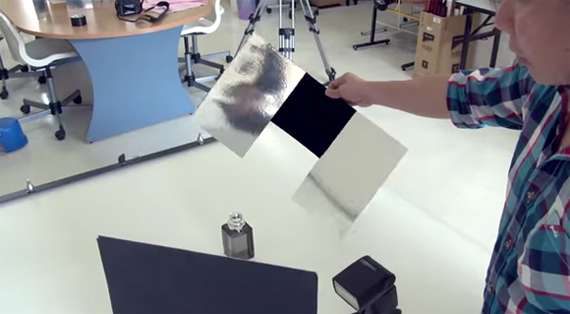 A zebra m flag is simple to make yourself. After placing two slave lights to provide a bounced fill light and a light from below the bottle, Boey placed his zebra m-card in front of the product and shot through the open hole to create this photo: 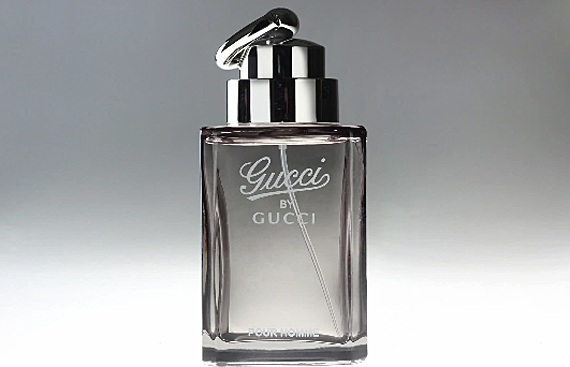 A homemade zebra m flag creates appealing light and shadows in product photography
After demonstrating how to use the zebra m-card, Boey goes on to show you how to solve some common lighting issues photographers face when shooting objects with transparent and reflective surfaces. In his first example, Boey set a slave flash behind the perfume bottle as the only light source. Notice the hot spots at the edges of the bottle and the flare off to the right: 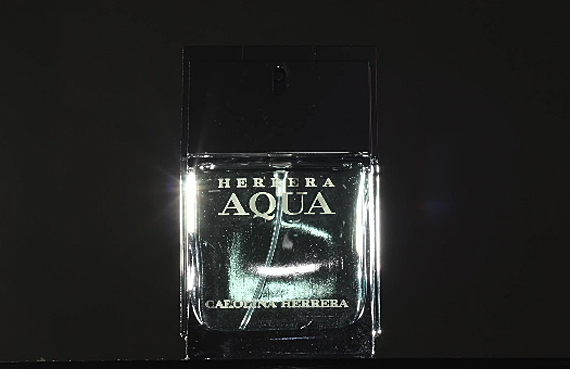 When photographed with only a flash behind it, the perfume bottle has unsightly hot spots. In his second example, Boey placed a reflective card at an angle behind the bottle and angled his flash at a flag off to the left. The bouncing of the light softened the overall effect while the reflective card provided a nice, even fill to showcase the transparent bottle: 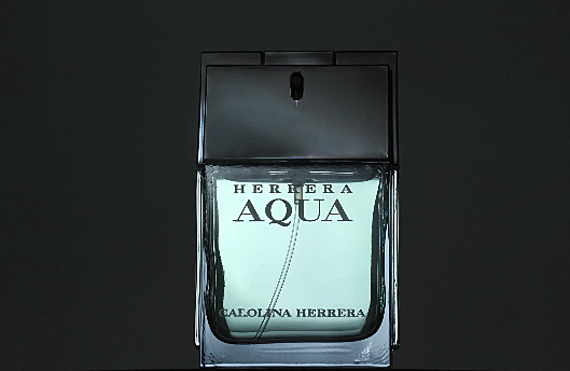 Perfume bottle photographed using light bounced from a flag to a reflective card. Boey said the top of the perfume bottle was too dark in the second picture, so he placed a second flash behind the photographer, aimed away from the product at a white flag. The light bouncing from this second flash illuminates the top of the bottle without hindering the rear illumination of the product: 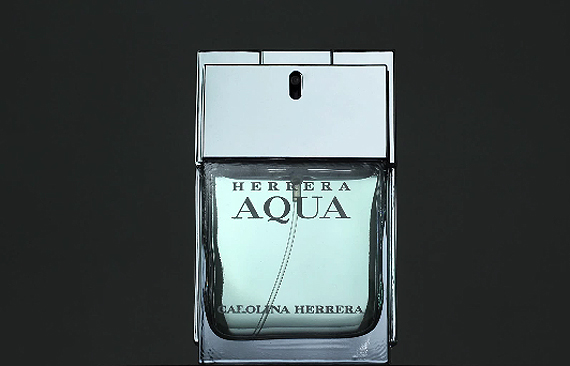 Perfume bottle illuminated by a rear flash bounced off a flag and reflective card, and by a second flash bounced off a flag in front of the product. There are many challenges that go along with shooting transparent and reflective objects. But with a few lights and the right reflective surfaces, you can create impressive-looking images of even the most difficult-to-capture products. Go to full article: How to Make and Use a “Zebra M Flag” for Flawless Product Photography (Video) |
| You are subscribed to email updates from PictureCorrect Photography Tips To stop receiving these emails, you may unsubscribe now. | Email delivery powered by Google |
| Google Inc., 20 West Kinzie, Chicago IL USA 60610 | |
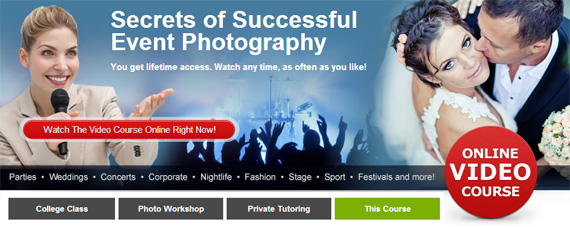
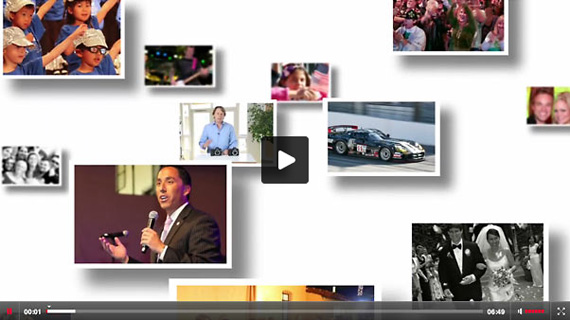
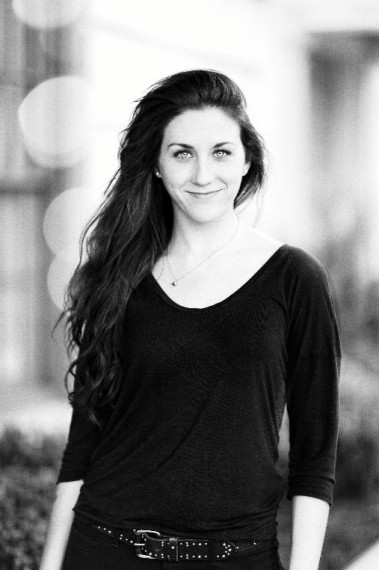

No comments:
Post a Comment